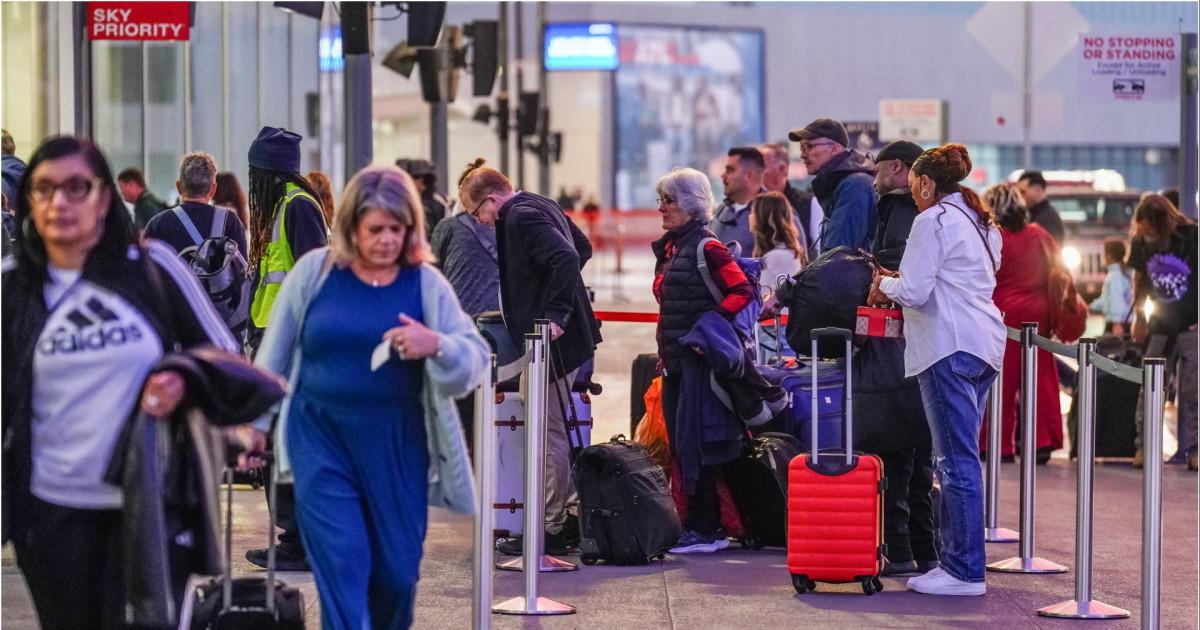Copyright Men's Journal

Flying in and out of the Atlanta and Newark airports could prove tricky due to the government shutdown. On November 9, the Atlanta Hartsfield-Jackson International airport was leading U.S. airports in flight delays and cancellations. The Newark Liberty International Airport was right behind. According to NJ.com, chaos was resulting in Newark, where delays on November 9 were exceeding two hours. The Federal Aviation Administration was reporting on the morning of November 9, “Departures to Newark International are delayed avg. 134 mins.” As of 8:30 a.m. central time, 14% of flights headed into Atlanta were cancelled, according to FlightAware. That’s 170 flights. At Newark, 49 or 8% of flights into the airport were cancelled and 16% or 96 were delayed. Another 76, or 6% of flights into Atlanta were delayed. The Atlanta airport is the busiest airport in the world. In addition, 9% or 109 flights out of Atlanta were cancelled, and 72 or 6% were delayed, FlightAware data says. About 10% of flights out of Newark were cancelled, or 61, and 13% or 77 flights were delayed. Other airports, such as Chicago O’Hare, were also experiencing cancellations and delays, which escalated to 1,289 cancellations and 1,530 delays at U.S. airports nationwide by early morning. On Saturday, November 8, there were more than 1,500 cancellations for the entire day at U.S. airports, and more than 7,300 delays, according to FlightAware. The FAA’s airline delay update page reported delays at multiple airports throughout the U.S., although they weren’t all due to staffing issues. Delays were reported throughout the country for such reasons as deicing and runway construction as well. Three airports specifically listed staffing, although some of the delays were reported as “other.” The FAA Says That Staffing Shortages Have ‘Been Increasing’ “Since the beginning of the shutdown, controllers have been working without pay, and staffing triggers at air traffic facilities across the country have been increasing. This has resulted in increased reports of strain on the system from both pilots and air traffic controllers,” the FAA wrote on November 6. “We are seeing signs of stress in the system, so we are proactively reducing the number of flights to make sure the American people continue to fly safely,” said Federal Aviation Administrator Bryan Bedford in a news release. “The FAA will continue to closely monitor operations, and we will not hesitate to take further action to make sure air travel remains safe.” According to the FAA, “A 4 percent reduction in operations will take effect Friday, November 7, ramping up to 6 percent by November 11, 8 percent by November 13, and 10 percent by November 14.” Continued the FAA, “Airlines will be required to issue full refunds. They will not be required to cover secondary costs. This is the normal procedure when a delay or cancellation is not at the fault of the carrier. The order does not require a reduction in international flights. Carriers may use their own discretion to decide which flights are canceled to reach the order’s goal.”



